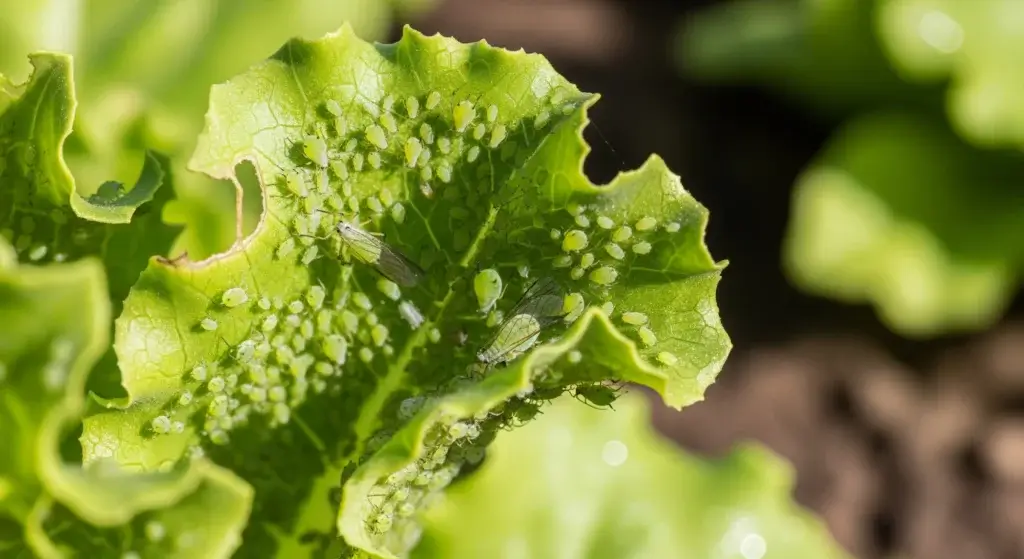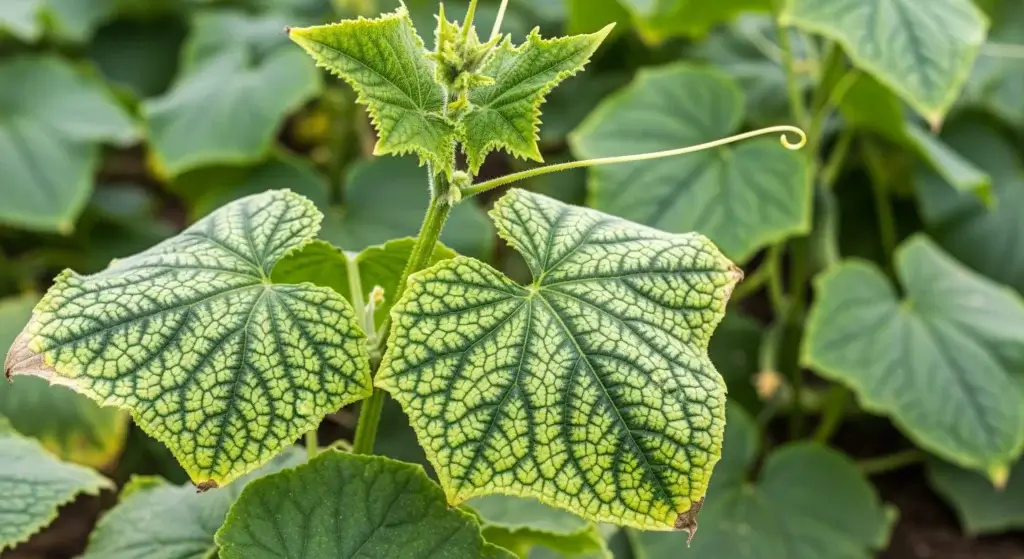
Tomatoes are a staple in many gardens and kitchens, celebrated for their flavor and versatility.
However, tomato blight—a disease caused by fungal pathogens like Alternaria solani (early blight) and Phytophthora infestans (late blight)—poses a serious threat to both home gardeners and commercial growers.
Under the right conditions, these pathogens can reduce yields by 50% or more, with some studies reporting losses of up to 70–80% during severe outbreaks.
Understanding and combating tomato blight is crucial for anyone who relies on healthy, productive tomato plants.
What is Tomato Blight?
Tomato blight refers to a group of diseases that affect tomatoes, with early blight and late blight being the most common types.
Each type is caused by different pathogens and presents unique challenges for identification and management.
Early blight is typically caused by Alternaria solani, while late blight is caused by Phytophthora infestans.
Both diseases thrive in moist conditions but differ in their appearance and progression.
- Read also: A Comprehensive Guide: Controlling Bacterial Spot on Tomatoes
- Read also: Beat the Blight: Common Fungal Diseases of Tomatoes
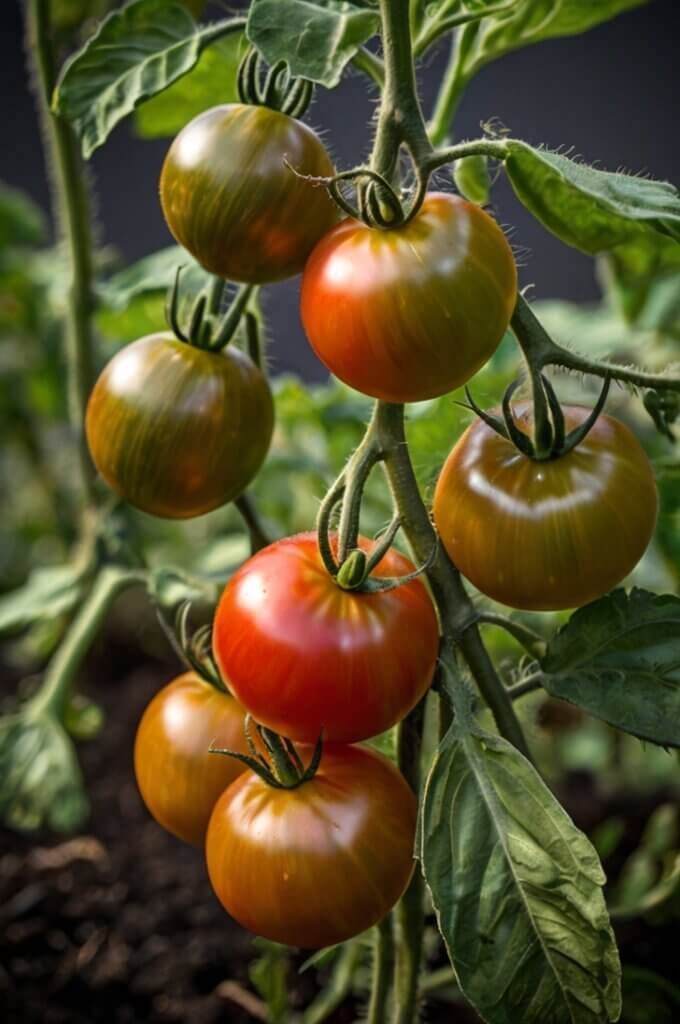
Identification of Tomato Blight
Recognizing tomato blight early on is key to managing its spread.
The disease manifests in distinct ways depending on whether it’s early or late blight, and timely identification can help mitigate severe losses.
Symptoms of early blight
Early blight often begins with small, dark brown spots on the lower leaves of tomato plants.
Over time, these spots enlarge and develop concentric rings—a characteristic “target” appearance.
The disease tends to start at the edges of leaves and gradually moves inward.
As it progresses, the affected leaves turn yellow and may eventually fall off, reducing the plant’s overall vigor.
Research indicates that untreated early blight can lead to yield reductions of up to 50%.
Symptoms of Late Blight
Late blight is known for its rapid spread and severe damage.
It begins with water-soaked lesions on leaves and stems that quickly turn dark.
These spots may become covered with a white, mold-like substance.
Unlike early blight, late blight can infect every part of the plant, including the fruits.
In extreme cases, the entire plant can collapse, and yields may be completely lost in just a few days under ideal conditions for the pathogen.
Studies indicate that during an epidemic, late blight can result in nearly 100% crop failure.
Conditions Favoring Tomato Blight
Tomato blight thrives in weather that feels like a steamy summer day—high humidity, cool to mild temperatures (60–80°F), and wet leaves.
Here’s what fuels its spread:
- Damp leaves: Watering from above or rainy spells leave foliage wet for hours, creating a playground for blight spores.
- Crowded plants: Poor airflow traps moisture between leaves, letting blight jump from plant to plant.
- Mild temps: Blight isn’t a fan of extreme heat—it prefers cozy, sweater-weather temps to multiply.
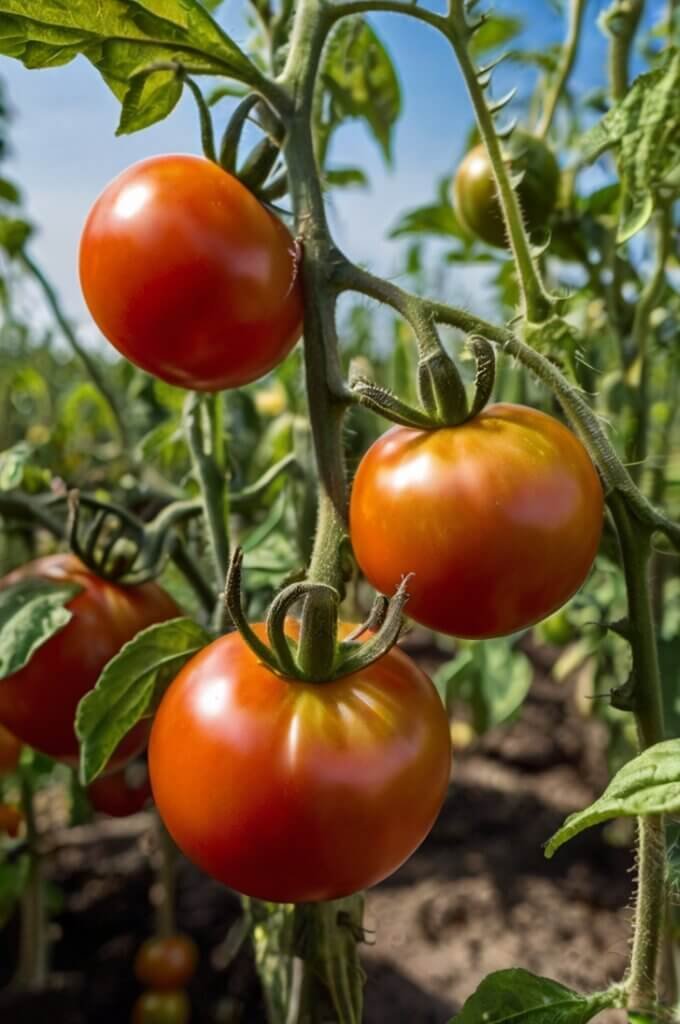
Treatment Options for Tomato Blight
Once you’ve identified tomato blight, it’s important to take immediate action to save your crop and prevent further spread.
Here are some treatment options that can help manage the disease:
Immediate Actions
Remove infected plant parts
The moment you see signs of blight, act fast!
Remove and destroy infected leaves, stems, and fruits to prevent the disease from spreading.
Be sure to dispose of them far from your garden—don’t compost them, as this can keep the fungus alive.
Apply fungicides
There are several fungicides available that can help control tomato blight.
For early blight, products containing chlorothalonil or copper-based compounds are often recommended.
For late blight, fungicides with active ingredients like mefenoxam can be effective. Always follow label instructions for safe and effective use.
Improve air circulation
Blight thrives in damp conditions. Keep your plants dry by pruning overcrowded leaves to allow better airflow.
This helps reduce humidity and speeds up drying, making it harder for the fungus to grow.
Long-term management
Long-term management of tomato blight involves more than just immediate treatment.
Consider these strategies to keep your garden resilient:
Crop rotation
Avoid planting tomatoes or related crops (like potatoes) in the same spot year after year.
Rotating crops can reduce the build-up of pathogen populations in the soil.
Resistant varieties
Choose tomato varieties that are bred for resistance to early and late blight.
This can provide a significant level of protection and reduce the need for chemical interventions.
Sanitation practices
At the end of each growing season, remove and dispose of old plant debris—especially infected leaves and stems.
This stops the fungus from overwintering and coming back stronger next season.
Soil health
Healthy soil grows strong plants that are better at fighting off disease.
Add organic matter like compost, ensure good drainage, and avoid overwatering to keep roots strong and resilient.
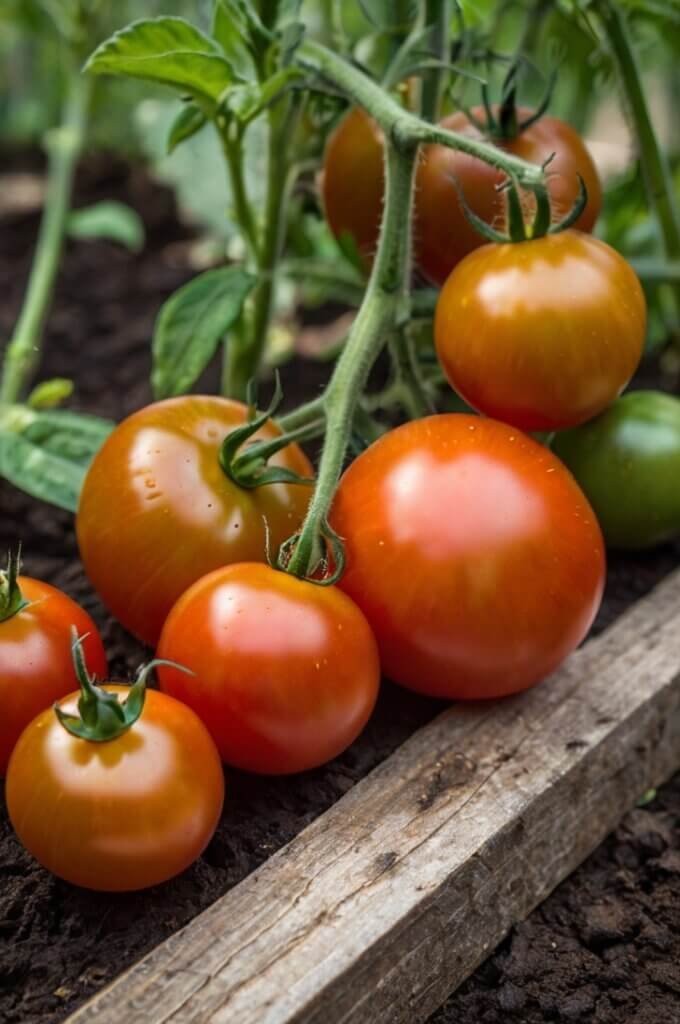
Prevention Strategies
Preventing tomato blight is always more effective than trying to treat it once it’s established.
Here are some key prevention strategies:
Proper watering
Always water at the base of your plants instead of spraying from above.
Keeping the leaves dry reduces the chances of blight since moisture creates the perfect environment for fungal growth.
Mulching
A layer of organic mulch (like straw or wood chips) helps keep moisture in the soil without splashing water onto the leaves. It also keeps the soil temperature stable and stops weeds that could carry diseases.
Regular monitoring
Keep a close eye on your tomato plants, especially during periods of high humidity or after heavy rain.
Early detection of any symptoms can make all the difference in controlling the spread of the disease.
Sanitation
Fallen leaves and plant debris can harbor disease-causing fungi, so clean up regularly.
Removing old plant material dramatically reduces the risk of blight in your garden.
- Read also: Effective Strategies for Getting Rid of Tomato Hornworms
- Read also: Growing Healthy: A Guide to Natural Pesticides for Tomatoes
Final Thoughts
Tomato blight is a challenging disease, but with careful management and preventive measures, you can protect your tomato plants and enjoy a healthy, productive garden.
By understanding the differences between early and late blight, recognizing the environmental conditions that favor the disease, and taking swift action when symptoms appear, gardeners can minimize losses and maintain high yields.

